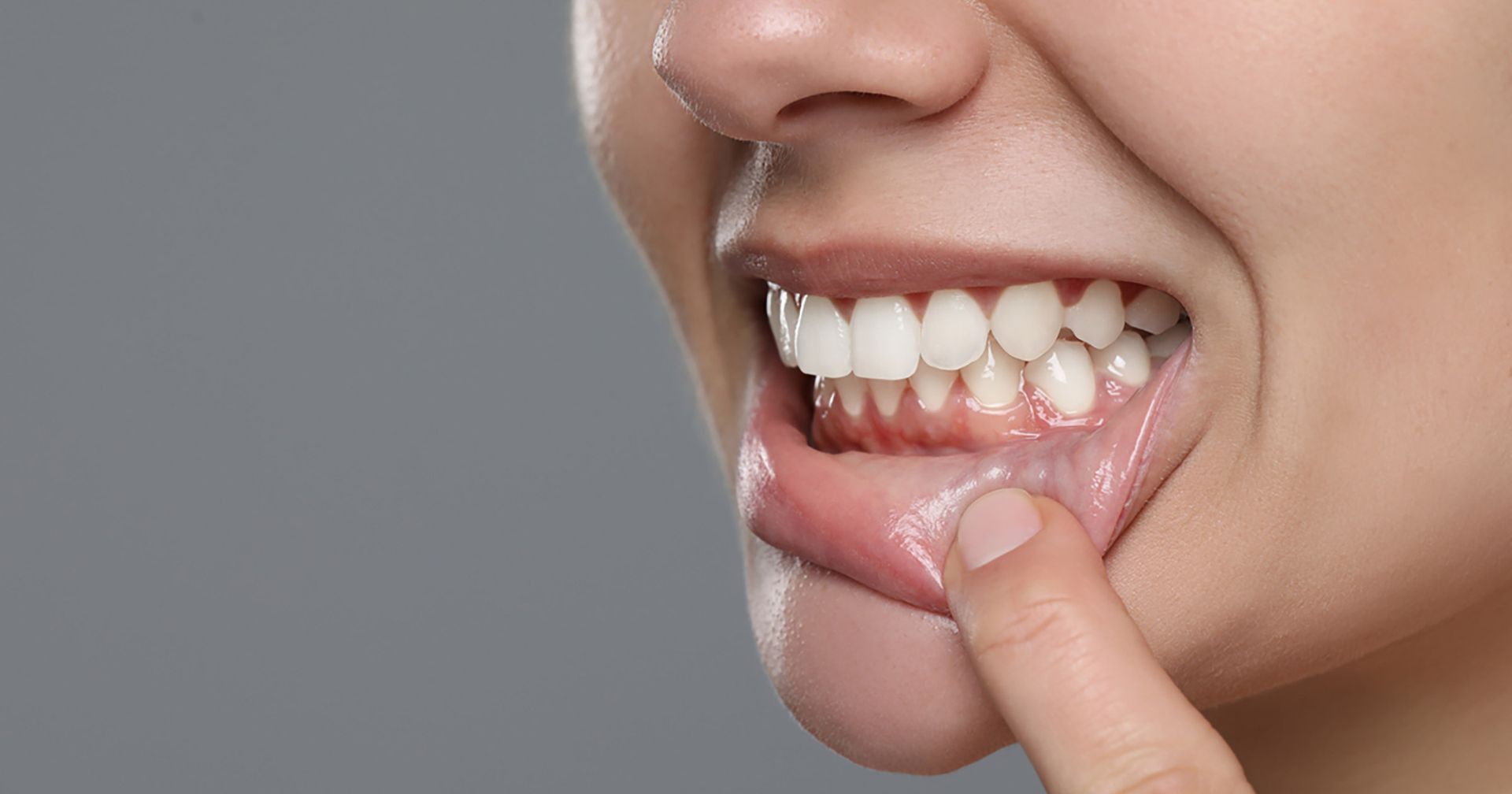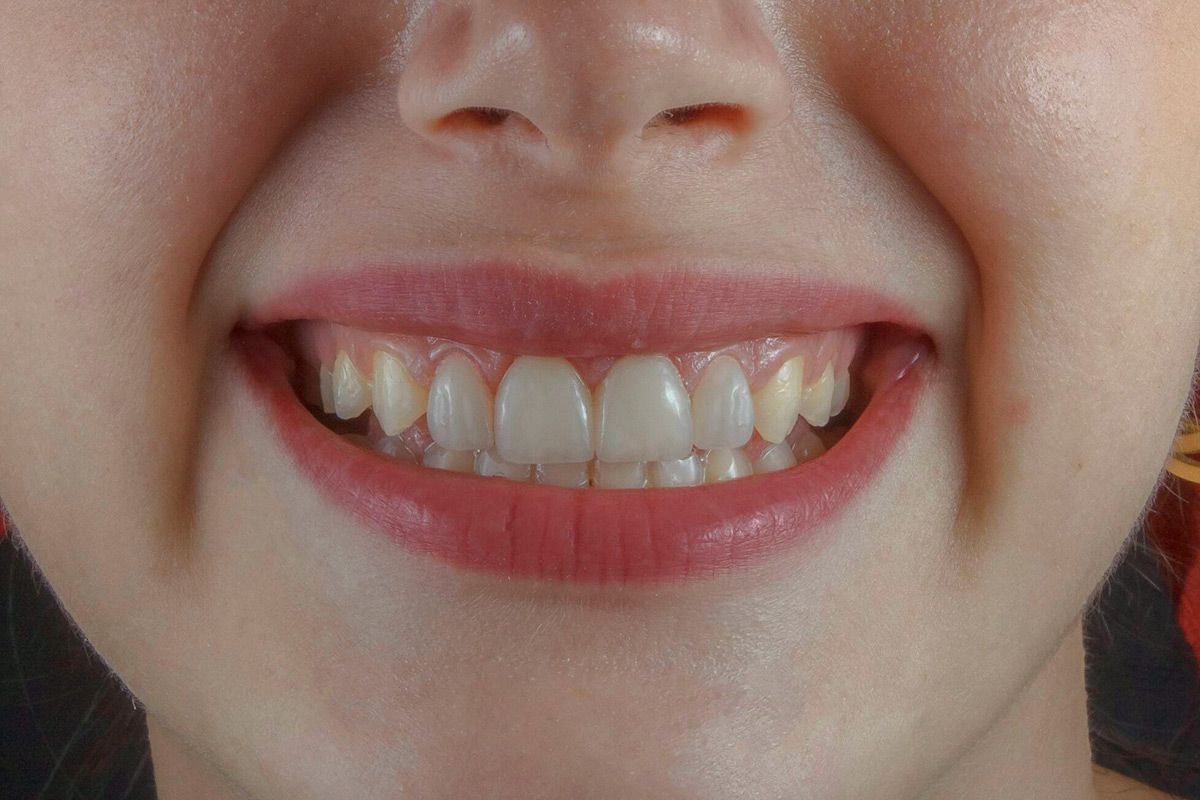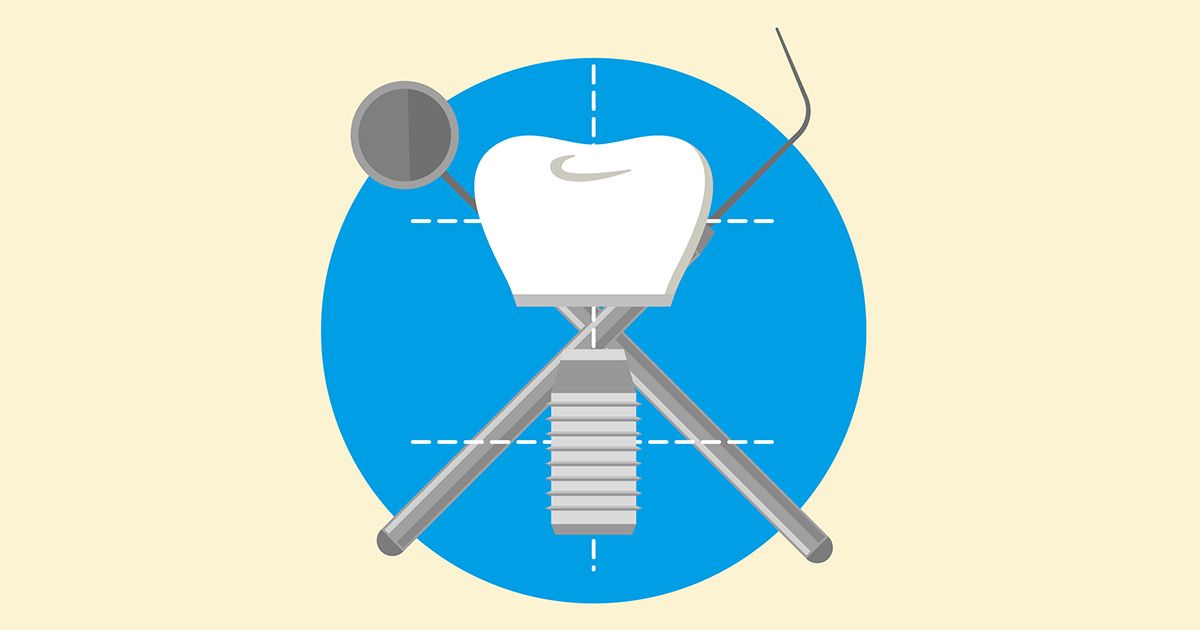Are Some Dental Flosses Toxic?
Shawn Kimmel • October 20, 2019
While people get great results from things they use for oral health, they have to be careful when using them. They shouldn’t swallow their toothpaste or mouthwash for example, since they can encounter levels of toxicity that can produce reactions ranging from mild stomach ache to their needing emergency care.
Dental floss, on the other hand, seemed safe. Like many other things in people’s lives, a closer look may make people possibly consider what type of floss they use. A study that was in a paper submitted to the Journal of Exposure Science & Environmental Epidemiology said that a type of floss may increase exposure to a possibly toxic chemical.
The question is: Should people be concerned about the results of this study and modify which types of floss they use? Are there types of floss that are toxic?
What Type of Floss Was Studied?
The one that was most-scrutinized were the ones that had Teflon-coating that made it easier for people to get the floss between teeth. There was concern that the coating might be allowing particles of”per and polyfluoroalkyl substances (PFAS) into the bloodstream. If people have these in large quantities, then they may have health problems that are linked.
One popular floss was the Oral B Glide. This has Teflon-coating. Would the study show that it posed a possible danger to the public or would it be vindicated?
What Were The Parameters?
The people that partook in this study were in a very limited subsection. This grouping was of 178 middle-aged women who had their blood tested for six types of fluoridated chemicals. While the results may have been true for that group, a wider spectrum of men and even teenagers of both genders may have also been helpful.
There were several important factors that were left out, though. How often did the women floss? Were they fastidious daily flossers or did they have significant gaps in between? Noting the frequency would have possibly narrowed things down.
Also – here is the key part – floss was just among several of the products that the women were asked about. There was no indication that they may have gotten any PFAS from the floss – it could have been one of the other products – like using a non-stick frying pan that was also coated with Teflon, for example.
What Can Be Concluded
There’s another reason that this study shouldn’t be held up as a reason against a type of dental floss: The study was not to show that PFAS was toxic to these women, just that they found it in their bloodstream. There is no trail of effects for them to try to follow.
It’s also not proven that the PFAS is from the floss itself – it may be from its container. Science may find a link in the future to PFAS and medical problems down the road. Right now, anyone holding this up as a cautionary study is engaging in sensationalistic practices.
Ultimately, the findings in the study did not definitively prove that the Teflon-coated floss were any sort of a risk to the people who use them. Flossing is an important part of people’s oral health and it’s recommended that people continue to do so.
Dr. Dorothy Anasinski and her staff at Dental Specialists of Niles are glad to do their part to help people have their best oral health – and that includes teaching them the proper method of flossing. Give them a call to learn more – 847-685-6686.
Published By:
Dental Specialists of Niles
8216 W. Oakton Street
Niles, IL 60714
Phone: (847) 685-6686
Website: https://dentalspecialistsofniles.com/















